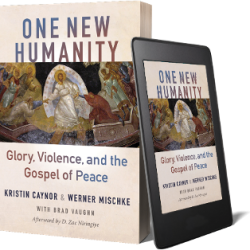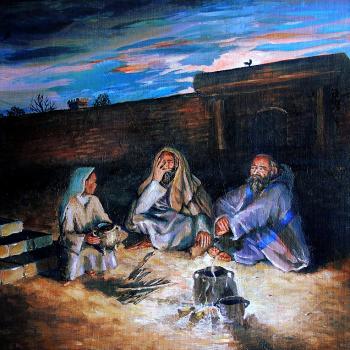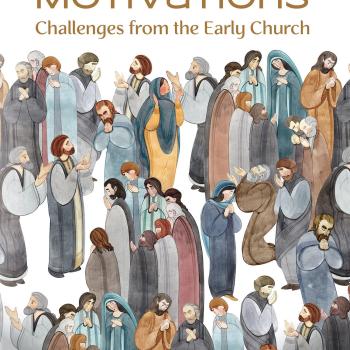The gospel is not so much the message how one gets saved; rather, it is the message one must believe in order to be saved.
If you understand the contrast I make in that last sentence, then you understand one way that we should differentiate the “plan of salvation” from the gospel itself. Most people do not separate the two; however, I suggest this is a major problem in the church today.
 In this post, I’ll explain the distinction. Later, I’ll draw out some problematic consequences as I have seen them in practice.
In this post, I’ll explain the distinction. Later, I’ll draw out some problematic consequences as I have seen them in practice.
Are We Preaching the Gospel or the Doctrine of Salvation?
One of the most important books I’ve read is Scot McKnight’s The King Jesus Gospel. In it, Scot helpfully reminds us not to confuse the gospel with the doctrine of salvation. Obviously, they cannot be separated, but they can be distinguished. By analogy, the words “wife” and “woman” cannot be separated too sharply. However, we can distinguish between them.

The gospel and the doctrine of salvation are overlapping categories but they are not equivalent. Therefore, it is our business to discern that difference and first preach the gospel.
Is the Plan of Salvation a Vicious Circle?
One should not confuse the gospel and the response. If we do, we run into a logical problem, which could either be called a “vicious circle” or an “infinite regression” (depending on how you frame the problem). Let me illustrate.
Greg Gilbert and Kevin DeYoung, in What is the Mission of the Church? make this critical mistake. When discussing Mark 1:15, they write,
“It is wrong to say that the gospel is the declaration that the kingdom of God has come. The gospel of the kingdom is the declaration of the kingdom of God together with the means of entering it. Remember, Jesus did not preach ‘the kingdom of God is at hand.’ He preached, ‘The kingdom of God is at hand; therefore repent and believe!’ ” (110–11).
They misquote the end of the verse. It should say, “. . . repent and believe the gospel.”
Why does their misquote matter?
In short, they would have disproven their own point if they had quoted the passage correctly. Observe how the grammar proves the distinction between the gospel and our response.
In other words, the content of the gospel and the response to the gospel are separate ideas and should not be collapsed into one.
Gilbert and DeYoung assert the gospel itself includes the way we are saved, i.e. if we respond with faith and repentance, we are saved. However, if this is Jesus’ meaning, what actually is Jesus saying? We can do some simple substitution of terms.
“believe the gospel = believe [that by repenting & believing the gospel, we are saved].“
But now we run into a problem. The thing we are supposed to believe (i.e. the gospel), includes the need to believe the gospel! Accordingly, if Gilbert and DeYoung are correct, then Jesus commands something like this:
“. . . repent and believe that you can repent and believe the truth that you can repent and believe . . . .” (and so the cycle goes on).
I know that last sentence makes little to no sense. That’s the point.
(I tried to make clear what I think their misquote makes unclear by italicizing the word “that” in the quotation. I do this to signify the content that one is supposed to believe. In Mark 1:15, Jesus inserts “the gospel.” However, if the gospel is a “how-to” message, then I could simply plug in a conditional if-then statement in its place.)
What results? If we must believe the gospel is a conditional statement wherein we are saved if we believe the gospel, then we end up with a vicious cycle. We wind up with an infinite loop.
The “gospel” (as the Bible uses the word) is not a “how-to” concept expressed in the form of a conditional sentence (i.e. “If . . . then . . .”).
Instead, it is a declaration that implies a command.
The gospel is a declaration of Jesus’ kingship, implying a summons to allegiance.
Consider an example from American history. Abraham’s Lincoln’s Emancipation Proclamation legally freed the slaves who lived in Confederate states. Lincoln, via executive order, commanded that there be a new reality. He was not merely giving information about how slaves could possibly be free.
Photo Credit: William Murphy/flickr




















